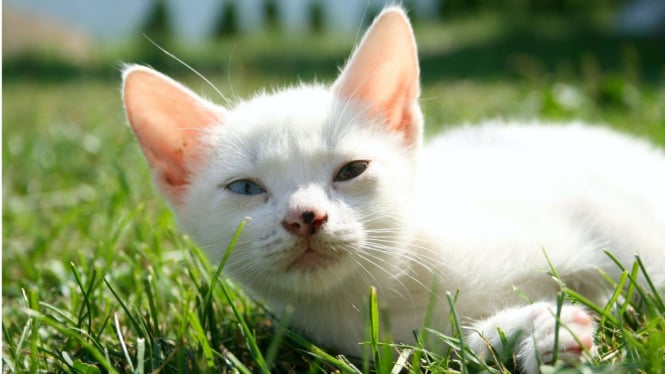Revealing the Fascinating Facts about Stray Cats: Here's to Know
- Pexels
Jakarta – Stray cats, also known as feral cats are intriguing creatures that roam urban, sub urban and rural areas worldwide.
Unlike pedigree cats, stray cats don't belong to any specific breed, resulting in diverse physical characterictics including fur color and body shape. Despite living freely around humans, they still maintain their natural instincts as skilled hunters and climbers.
Stray cats are renowned as natural pest controllers, earning appreciation from communities. However, they also require special attention regarding their health and well-being.
Ilustrasi kucing (foto/pixabay))
- vstory
Well, here are some facts about stray cats that cat lovers need to know:
1. Wild Origins
Stray cats are descendants of domesticated cats that have returned to a wild state or were born in the wild. Their behavior and instincts are often more akin to their wild ancestors, making them elusive and independent.
2. Survival Experts
Stray cats are excellent hunters. Their natural instinct and sharp senses help them catch small rodents, birds, and insects, making them valuable contributors to pest control in their habitats.
3. Social Complexity
Despite their independent nature, stray cats can form loose colonies, especially in urban areas where food sources are more abundant. These colonies consist of multiple cats that may share resources and territories, displaying intricate social dynamics.
4. Cat Communication
Stray cats communicate with each other using various vocalizations, body language, and scent markings. These communications help establish hierarchies, claim territories, and facilitate cooperation within their colonies.
5. Lifespan and Health
Stray cats face numerous challenges in the wild, leading to a shorter lifespan compared to domesticated cats. Lack of medical care, exposure to diseases, and accidents are significant factors affecting their health and survival.
6. Human-Stray Cat Relationship
While some stray cats might remain wary of humans, others can be more receptive to kindness and may form bonds with caring individuals who provide food, water, and shelter.
7. Environmental Impact
Stray cats can have both positive and negative impacts on their ecosystems. While they aid in controlling pest populations, they may also have detrimental effects on local wildlife when their hunting instincts lead them to prey on native species.



























